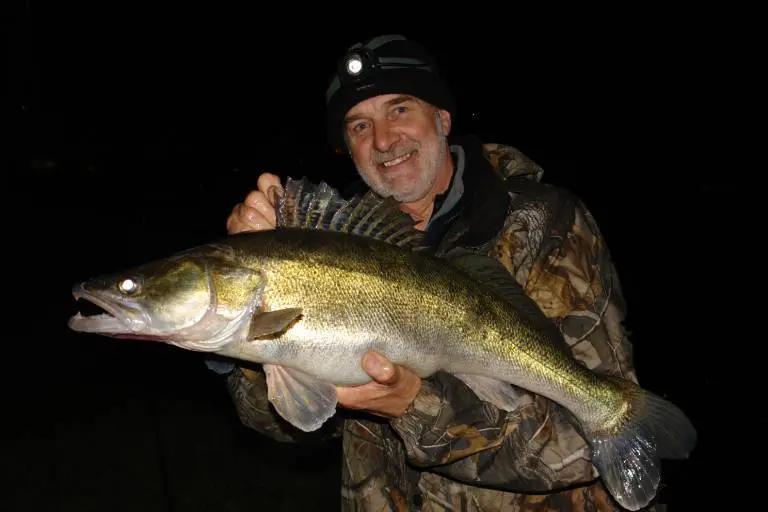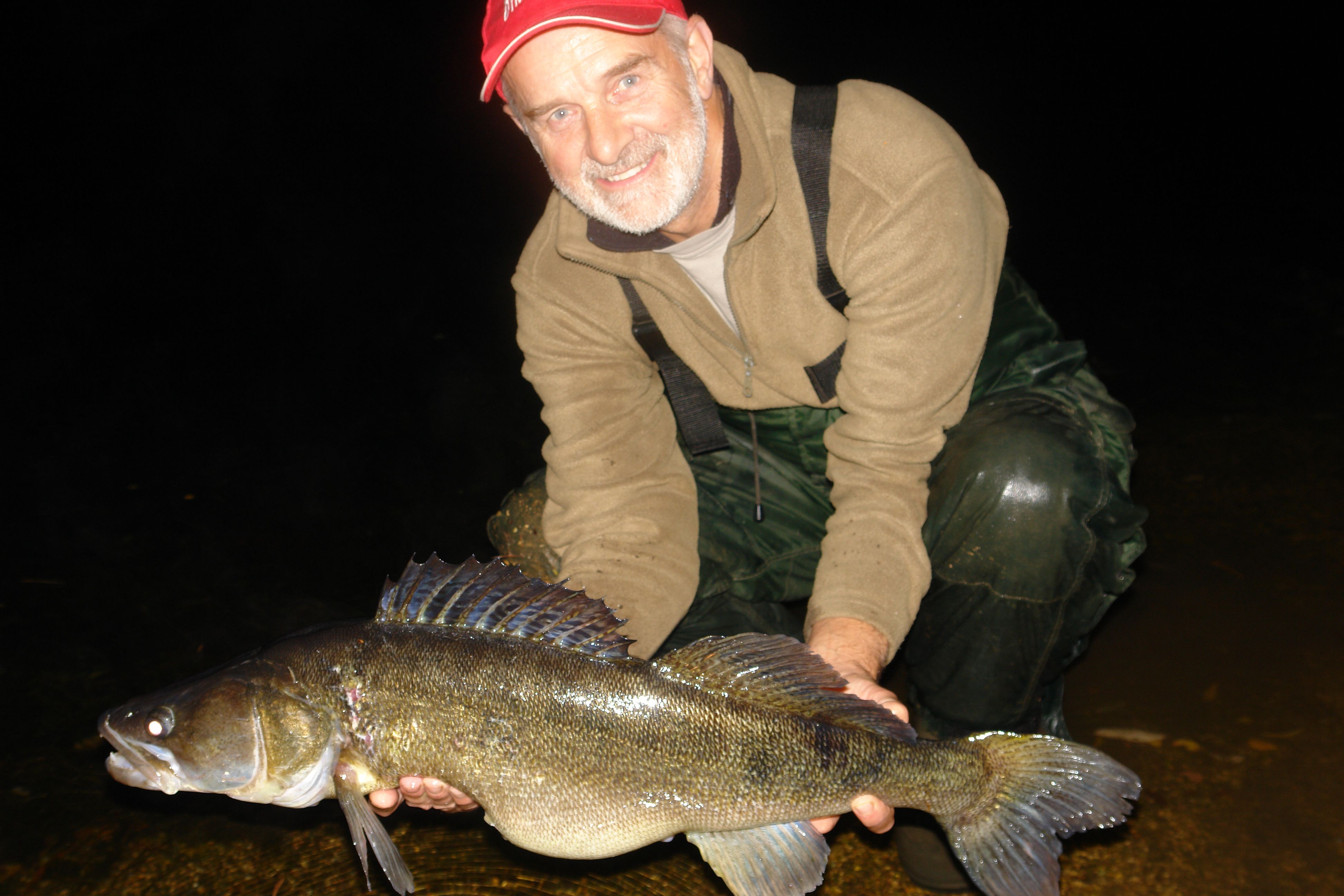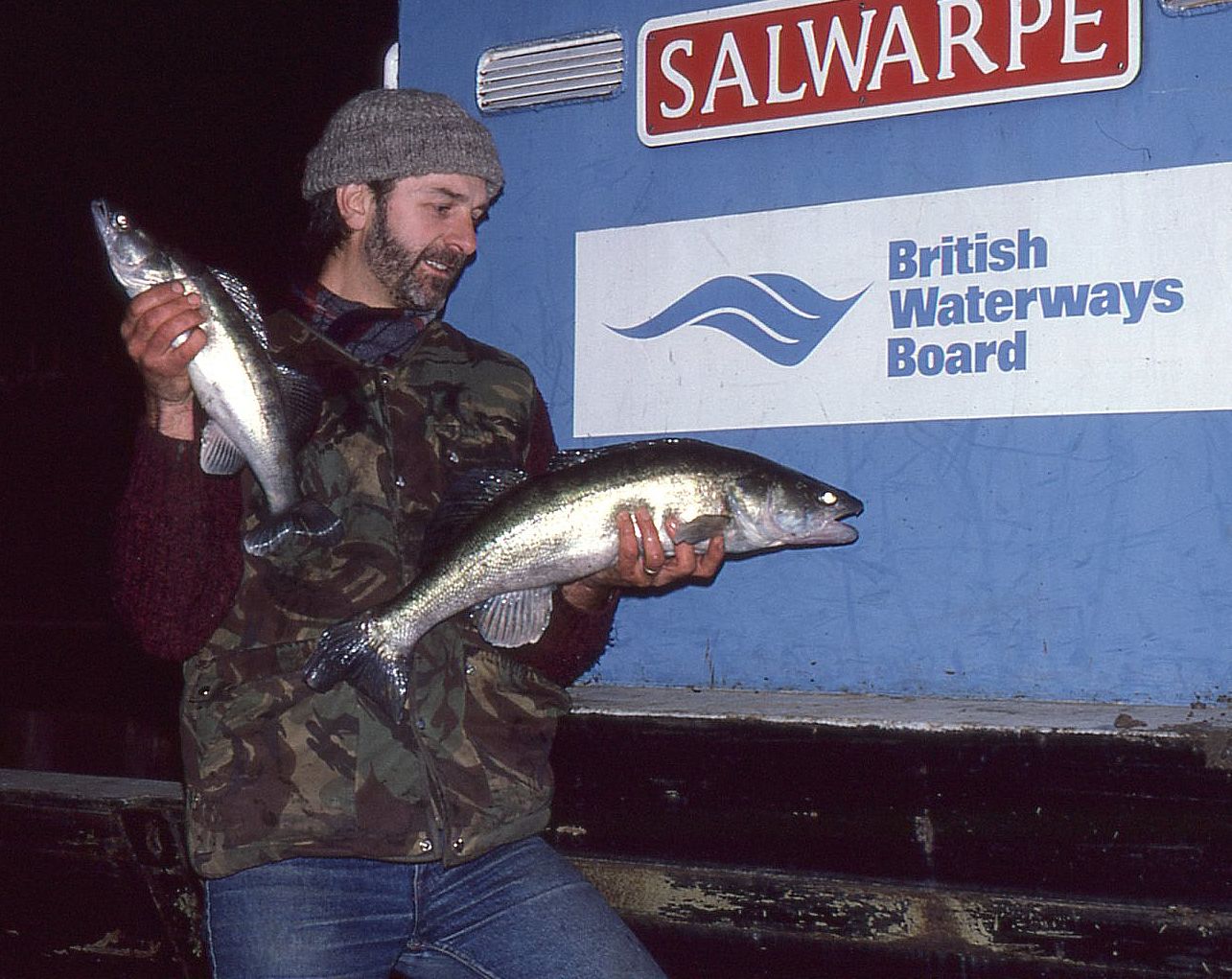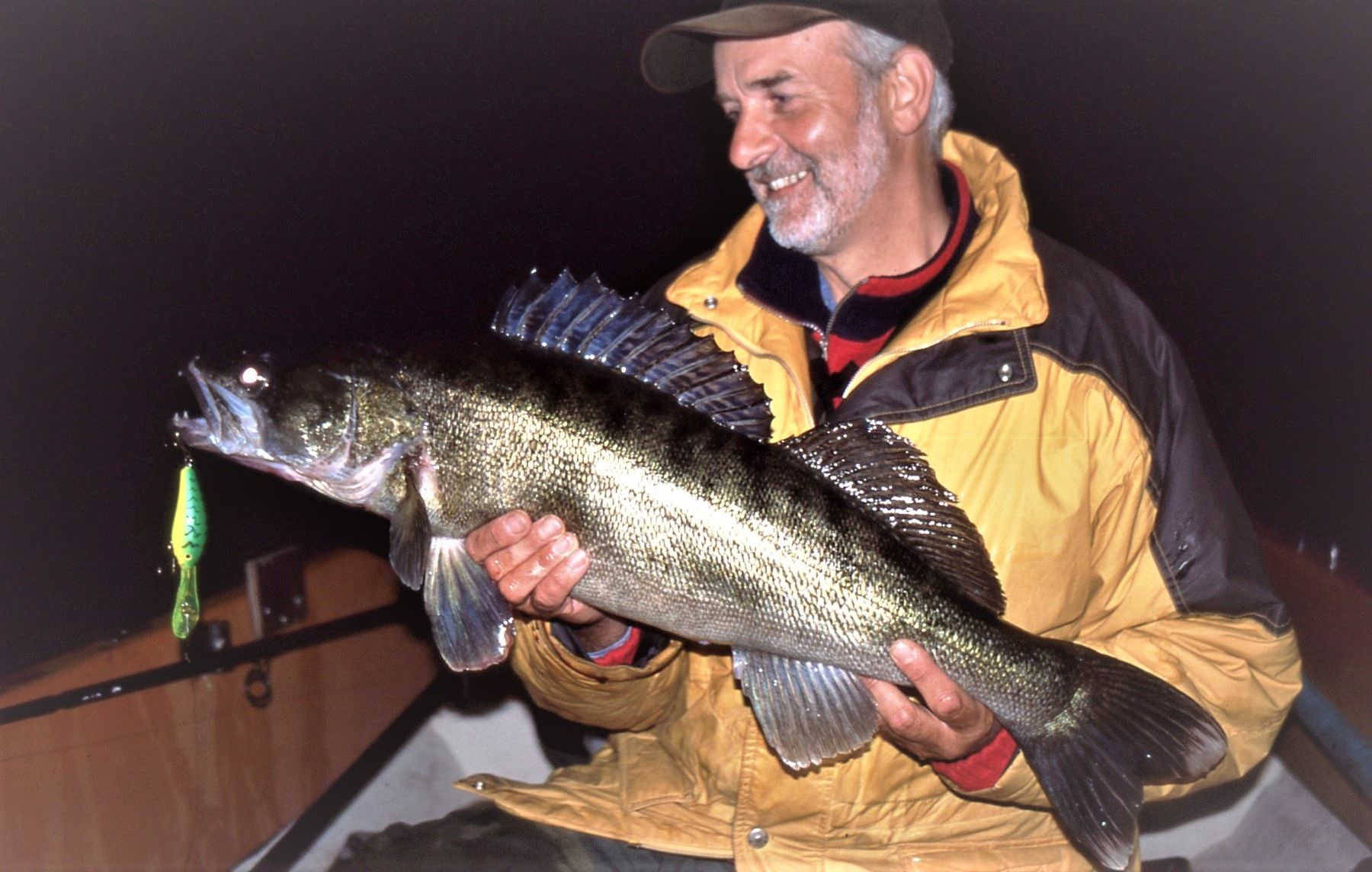Zander
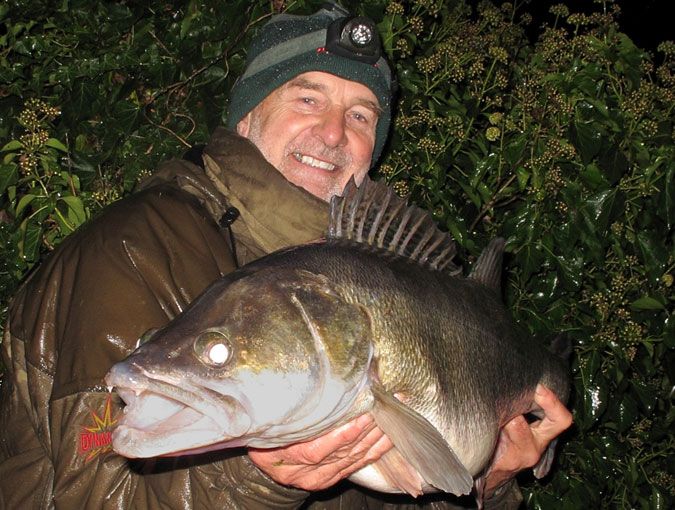
The zander is not a native species to the UK, and was only successfully introduced in the last sixty years or so after several failed attempts. An experimental stocking in the Norfolk fens got out of hand, and the species gradually spread and populated many river systems and still waters, mostly in the Midlands area. Initially bringing controversy regarding their potential risk to the smaller prey species, things eventually settled down and zander fit in perfectly in most venues and provide very interesting sport to predator anglers.
Early attempts to catch them were focused on bait fishing, and it wasn’t for thirty years or so that UK anglers started to catch them on lures, just as continental anglers had been doing and telling us about for a very long time. In fact, in the right hands, lure fishing tactics will easily out fish a bait fishing approach. In particular, soft plastic jigs have been most effective with their ability to fish efficiently close to the bottom where zander often feed. In a similar vein, trolling close to the bottom has been found to be a very effective way of catching them.
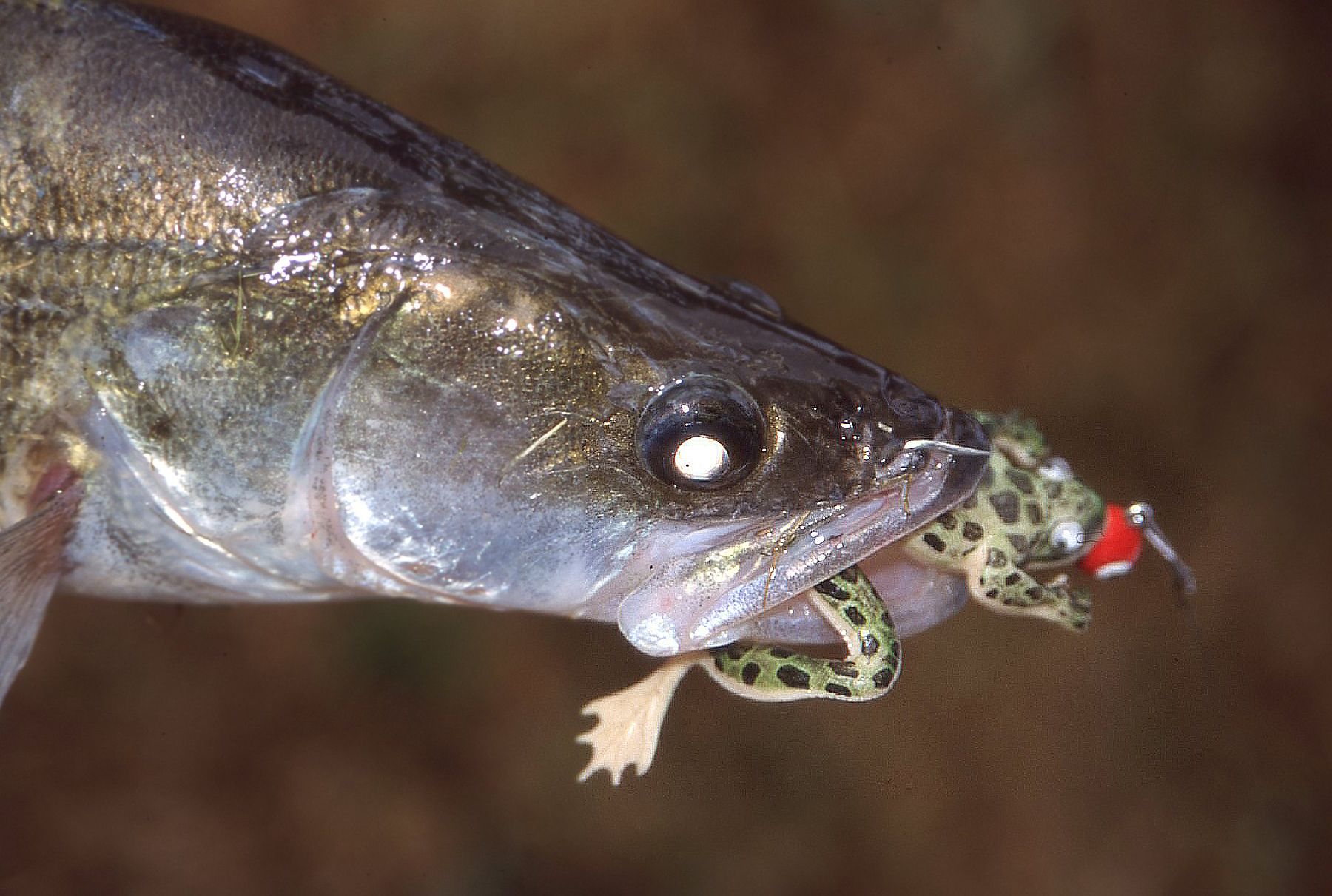
As with pike, the angler can choose between livebaiting, deadbaiting and the many lure methods. Zander anglers seem to fall into one camp or the other though. Mick’s preference, as when pike fishing, is to have bait and lures at his disposal but concedes that there are times when lures will be far superior, especially when a lot of water needs to be covered.
Zander feed better in low light conditions, and night is often the best time. However, when the water is coloured, either naturally or through flood water, zander can be caught at any time.
Locating zander is the anglers biggest challenge, and once located they can be very easy to catch with the right approach. The holding areas can be very tight and it’s not unusual to find great distances between zander packs. If not over fished, such zander holding spots can be reliable time after time.
At one time, bait anglers thought that zander would not take sea deadbaits. This is being disproven time and time again, and in particular smelt has been very effective. Of the fresh water dead baits, lamprey, eel section and any silver fish work well.
Like the pike, the zander is a hunting machine using sight, smell and vibration detection to find its prey. Its eyesight is very much adapted by nature for low light feeding.
Mick’s view on when to fish for zander is very similar to that for pike. Water temperature is once again the key, and although zander will tolerate being caught in slightly higher water temperatures than pike, the angler should be extremely considerate with regard to preventing deep hooking and excessive handling.
Related images
